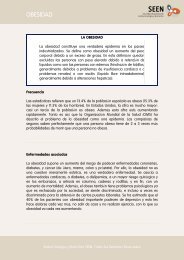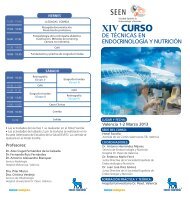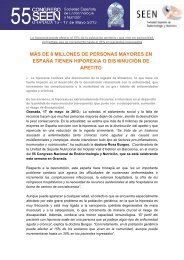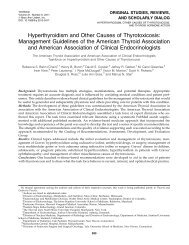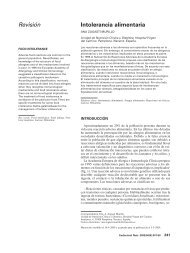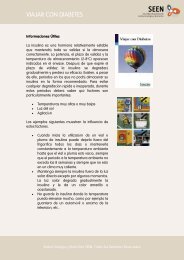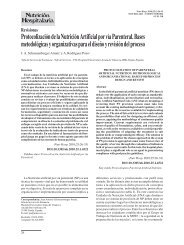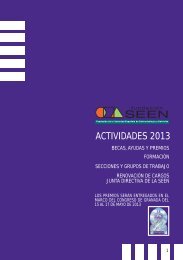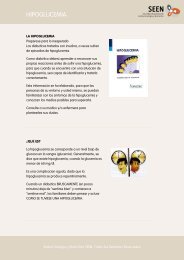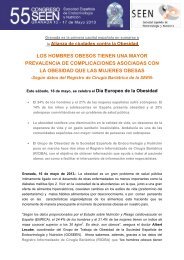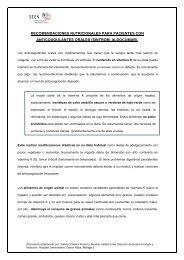Basic Concepts of Fluid and Electrolyte Therapy
Basic Concepts of Fluid and Electrolyte Therapy
Basic Concepts of Fluid and Electrolyte Therapy
You also want an ePaper? Increase the reach of your titles
YUMPU automatically turns print PDFs into web optimized ePapers that Google loves.
Clinical Features<br />
There should be a high index <strong>of</strong> suspicion for AKI, particularly in an<br />
acutely ill patient with risk factors. Information about the patient’s<br />
previous kidney function (e.g. serum creatinine), particularly over the<br />
preceding 3 months, is a vital part <strong>of</strong> the evaluation. As in every other<br />
clinical condition, diagnosis is achieved by weighing all the evidence<br />
derived from a full history, examination <strong>and</strong> appropriate investigations.<br />
Serial changes in clinical features are <strong>of</strong>ten more revealing than<br />
single measurements taken at any one time. AKI should be considered<br />
as part <strong>of</strong> the differential diagnosis in patients presenting with the<br />
following clinical features (Table 21).<br />
Table 21: Clinical features <strong>of</strong> patients with suspected AKI <strong>and</strong> recommended baseline<br />
investigations<br />
History Examination Investigations<br />
risk factors (Table 18)<br />
symptoms<br />
predisposing to<br />
hypovolaemia<br />
vomiting<br />
diarrhoea<br />
poor oral intake<br />
blood/plasma loss<br />
symptoms suspicious<br />
<strong>of</strong> vasculitis<br />
uveitis<br />
skin rash<br />
joint pains<br />
haemoptysis<br />
<br />
general<br />
weight<br />
temperature<br />
skin turgor (over<br />
clavicle)<br />
mucous membranes<br />
(misleading if<br />
mouth breathing)<br />
skin rash (vasculitis)<br />
joint swelling<br />
(vasculitis)<br />
uveitis (vasculitis)<br />
<br />
full blood count (FBC)<br />
urea <strong>and</strong> electrolytes<br />
(U&Es), including<br />
chloride <strong>and</strong><br />
bi carbonate<br />
acid-base status<br />
(from arterial or<br />
venous blood<br />
gas analysis)<br />
liver function tests<br />
(LFTs)<br />
calcium <strong>and</strong> phosphate<br />
urinalysis (prior to<br />
urinary catheter)<br />
ultrasound <strong>of</strong> renal<br />
tract within 24 hours<br />
if obstruction<br />
suspected<br />
83




